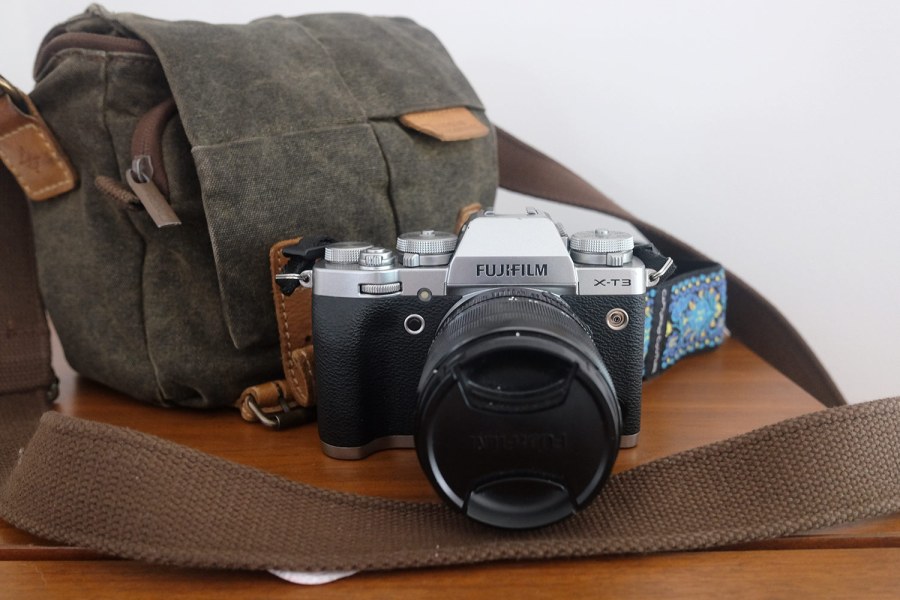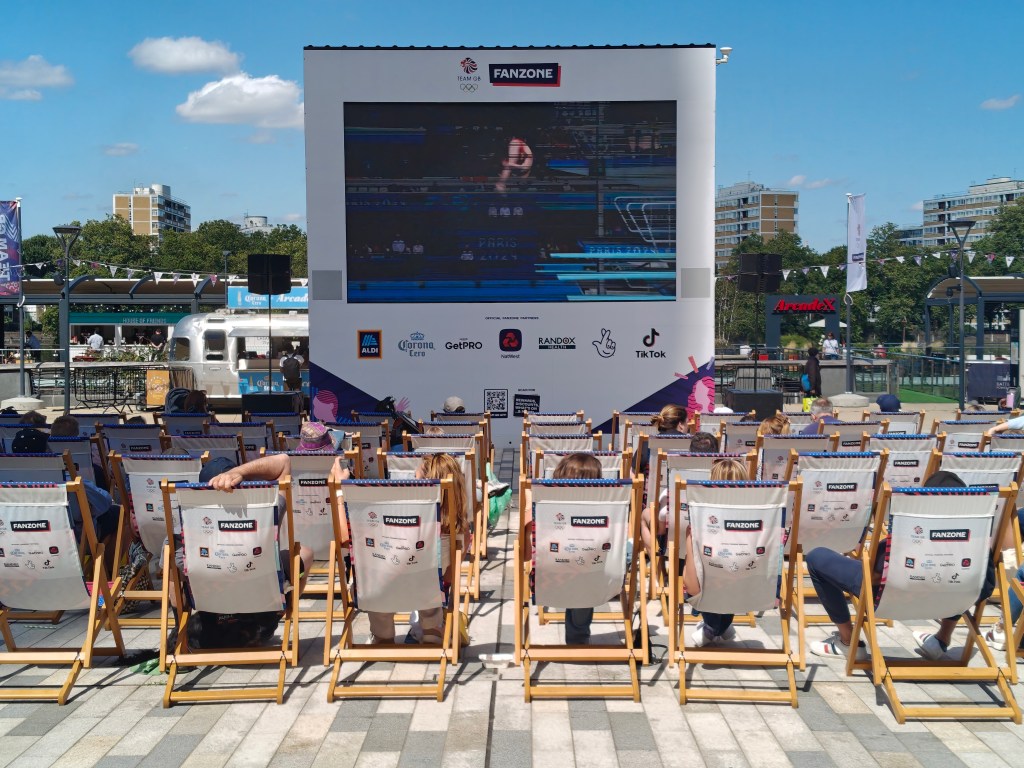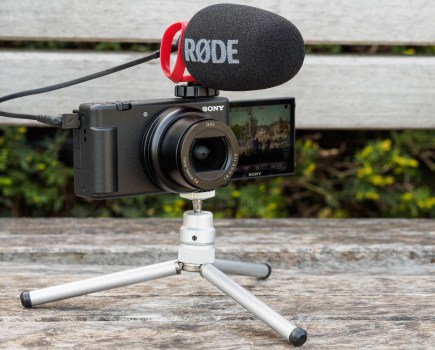It’s summer 2020. I have just finished my journalism and creative writing degree. And I’m seriously considering going into photojournalism. I want a smaller, lighter camera than my Nikon D500. Nikon was an obvious consideration. I absolutely loved my Nikon D5200. Canon was in contention too; I’d used a Canon DSLR before to shoot video for uni assignments. Sony came into the conversation after doing my research into what the best cameras for photojournalism were and what cameras that year’s World Press Photo winners had used. But Fujifilm won out in the end.
My research eventually led me to a specific camera: the Fujifilm X-T3. Five years later, I stand by my choice and will probably be buying one again in a few years’ time. Here are three reasons why.
1. My personal technical tick boxes.
From my research into what photojournalists wanted and needed from their cameras, l made a list of my own. I wanted a relatively robust camera with two SD card slots, and Bluetooth so that I could easily transfer images to my phone.
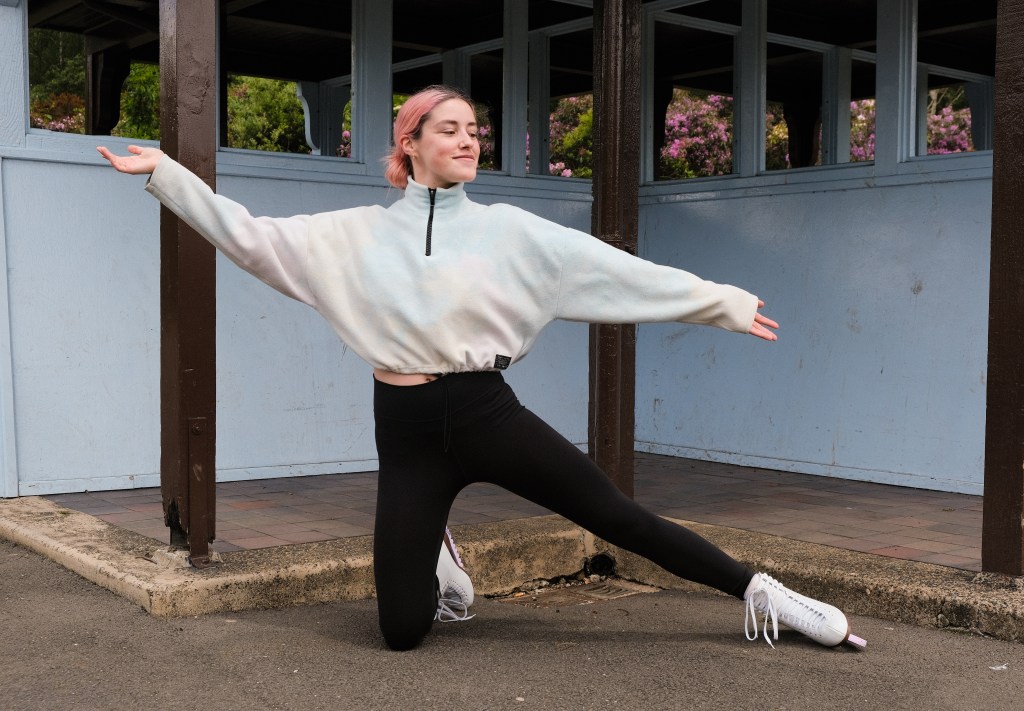
The X-T3 was released in September 2016, and its successor the X-T4 in February 2020. So when I bought my X-T3 it was great value. The Fujifilm X-T3 is weather sealed, has two SD card slots, which you can either use continuously or have one of them be your backup. The app allows you to transfer images to your phone. It was clunkier back then but has recently been made easier to use.
It also has a silent shutter and quality JPEGs, as well as reliable autofocus – all of which come in handy when photographing sensible subjects, getting good images quickly, and saving yourself some computer storage from time to time.
Now, newer models have had more film simulations added and even a film simulation dial.
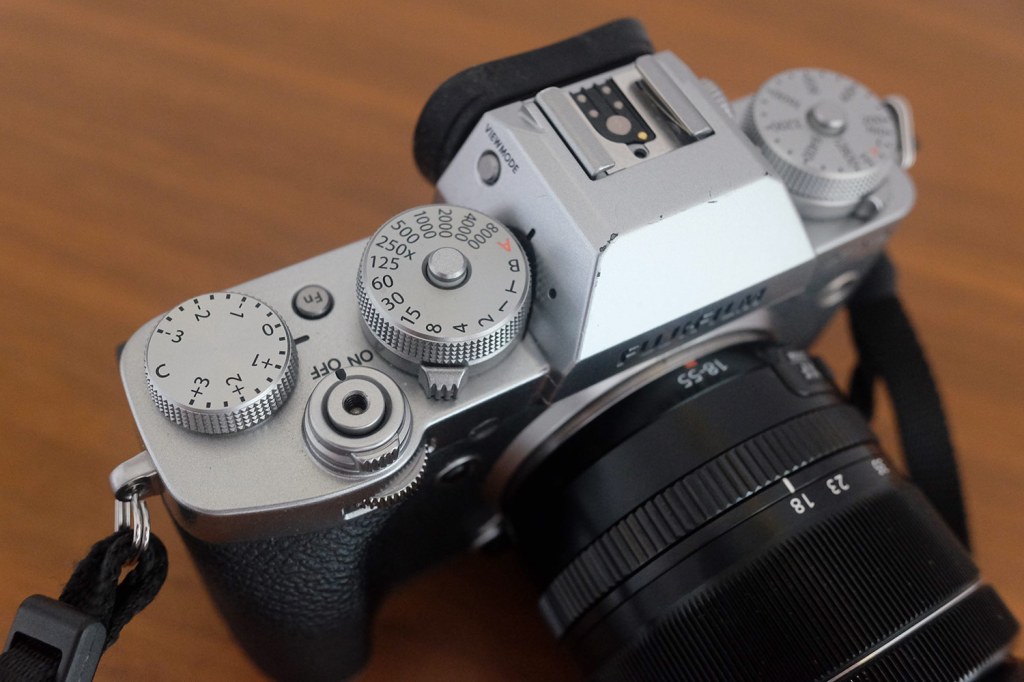
The X-T3’s weaknesses are that it doesn’t have in-body image stabilization (IBIS), as well as battery life and AF tracking, which I have found to be very hindering, but in terms of technical, the X-T3 has through and through been of very good value for money.
The X-T3 comes with a XF 18-55mm f/2.8-4 R LM OIS lens, when bought as a kit. I plan on buying a portrait lens soon – and there’s a lot of options to choose from as Fujifilm offers several budget-friendly compact lenses as well as more premium lenses for professionals.
I wasn’t able to use my X-T3 much at first, given the global pandemic. I didn’t go into photojournalism but I have since discovered I’m more of a documentary photography kind of gal. Since both genres are so similar, many of the features that made the Fujifilm X-T3 great for photojournalism also come in very handy for documentary photography.
2. The ease of use
I’ve had very positive experiences with Fujifilm cameras other than the X-T3 over the years. These include the X-T5, a second-hand Fujifilm X30, Fujifilm X70, Fujifilm disposable cameras, and numerous Instax Mini, Square and Wide cameras. While I didn’t particularly like the Mini Evo, one point I must grant it is that it was also easy to use. This is true for every Fujfilm camera I’ve tried out.
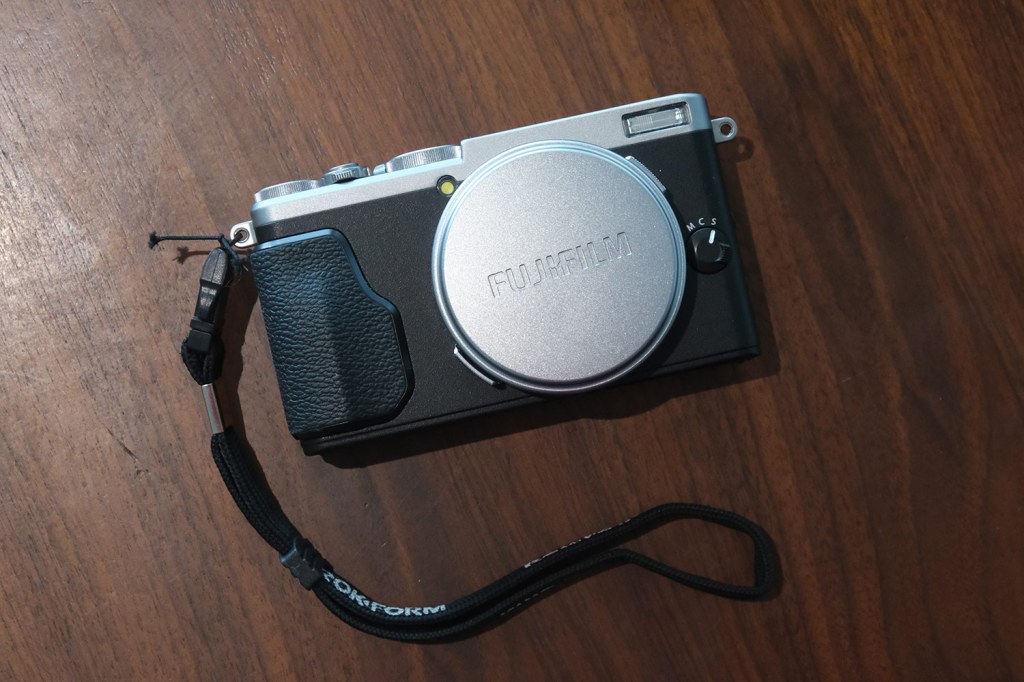
What sticks out to me are the physical controls. I’ve since learnt that menus just do not do it for me. I’m very ‘out of sight, out of mind´. For this very reason I have resorted to post-its and having objects within view, should I forget to do something important or forget my chapstick exists (which is costly when the climate of the country of residence is so, so dry).
When I’m photographing a protest or sports event where moments can happen very quickly, the physical shutter speed dials, aperture on lenses and manual ISO dials make my life a bit easier. It’s relatively simple, reliable, and straightforward, and that’s how I like my camera to be.
3. The aesthetics
Those of who argue that technical beats aesthetics are sort of right. I know I wasn’t initially searching for a pretty camera, but a camera that fulfilled my technical bullet points. However, aesthetics certainly is a plus and the film camera look makes Fujifilm cameras stand out from the crowd.
I’d never been into film cameras all that much, with the notable exception of my Instax Mini 8. Still, the analogue camera-like exterior of the Fujifilm X-T cameras won me over. Perhaps this was a sign that my generation’s propensity to nostalgia would soon also win me over.
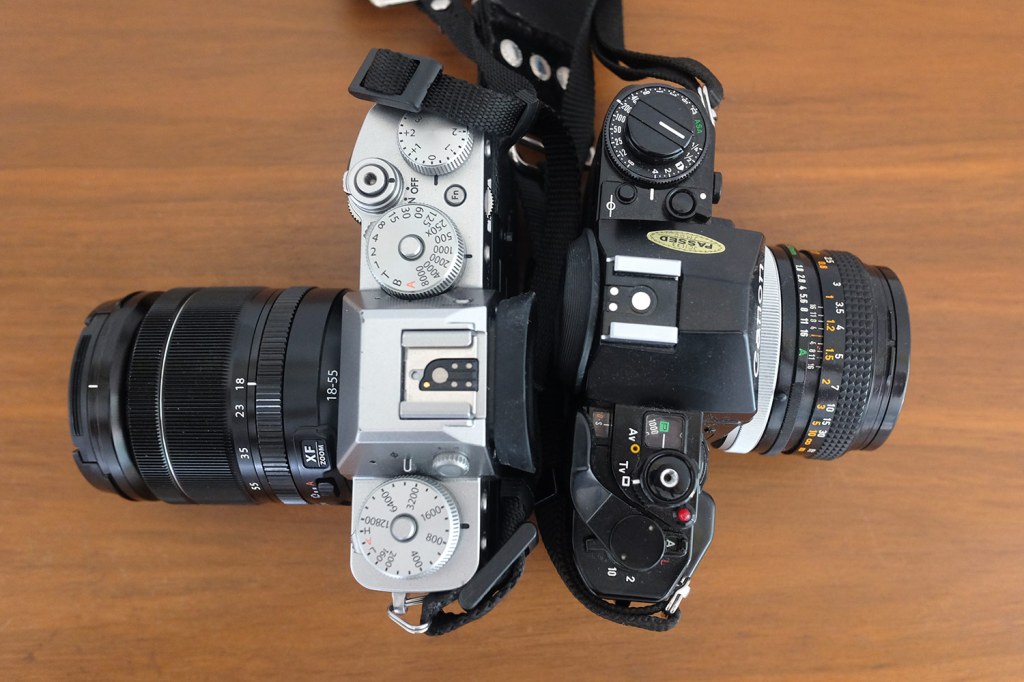
The Fujifilm X-T3 is also a relatively small and light camera. To start with, it’s mirrorless and as such it is lighter than a DSLR. It is also an APSC-camera, which also makes it lighter. This suited me just fine. What I wanted was a camera that wasn’t not too bulky that I can take everywhere. I’ve also found it being an ASP-C camera doesn’t really interfere with image quality.
By aesthetics I also mean Fujifilm’s film simulations, which mimic real film stock. I’ve evolved into a minimal editor since my earlier days as a photographer (I absolutely loved the warm and high-contrast look, to a fault). Beginning with my time taking photos for my university paper, I continue to not edit my photos much beyond a touch of contrast, brightness and a touch of vibrancy. As I have begun looking at artier and multimedia approaches to apply to my documentary photography projects though, I’ve grown to really appreciate Fujifilm’s film simulations.
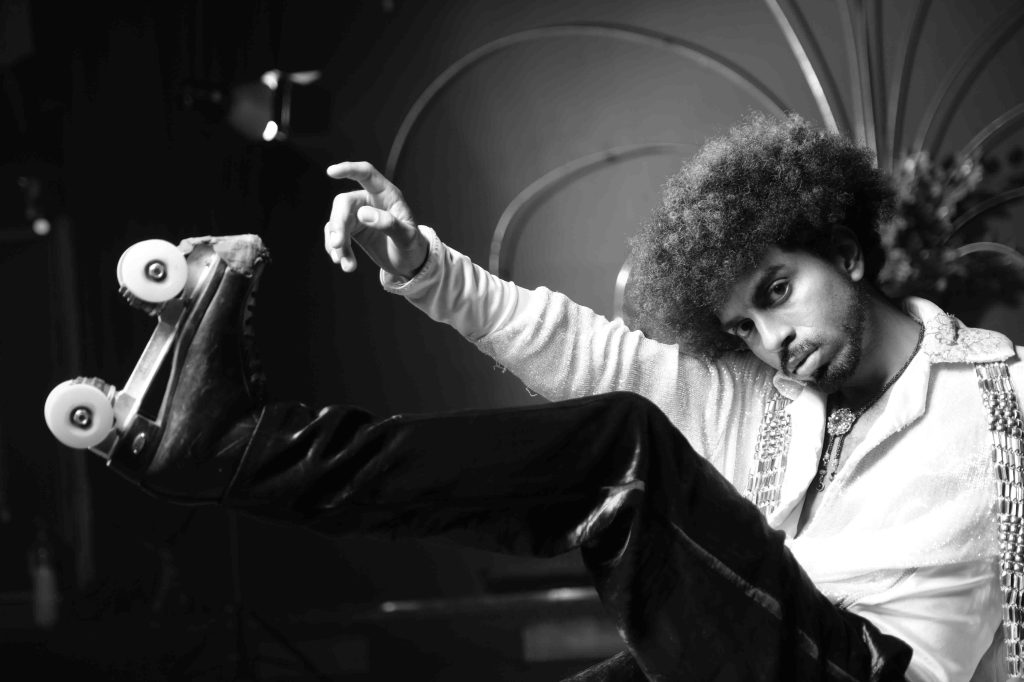
Fujifilm also allows you to add grain too, which really suits me as I don’t always have the resources to buy and develop film (not to mention that I’m currently working through my rather long queue of undeveloped rolls). Additionally, you can customise these simulations to create your own.
The Fujifilm X-T3’s JPEGs are also beautiful. Colour is something Fujifilm does very well. Black and white has a special place in my heart (a.k.a Acros) but on the whole I prefer to capture life in all its technicolour glory.
So, I stand by my choice and will probably be buying one again in a few years’ time, should this one break.
Related reading

